How to attach a sleeping bag to a backpack: our expert guide
We explain how to attach a sleeping bag to a backpack, and help you work out why you may not be able to fit it inside your pack
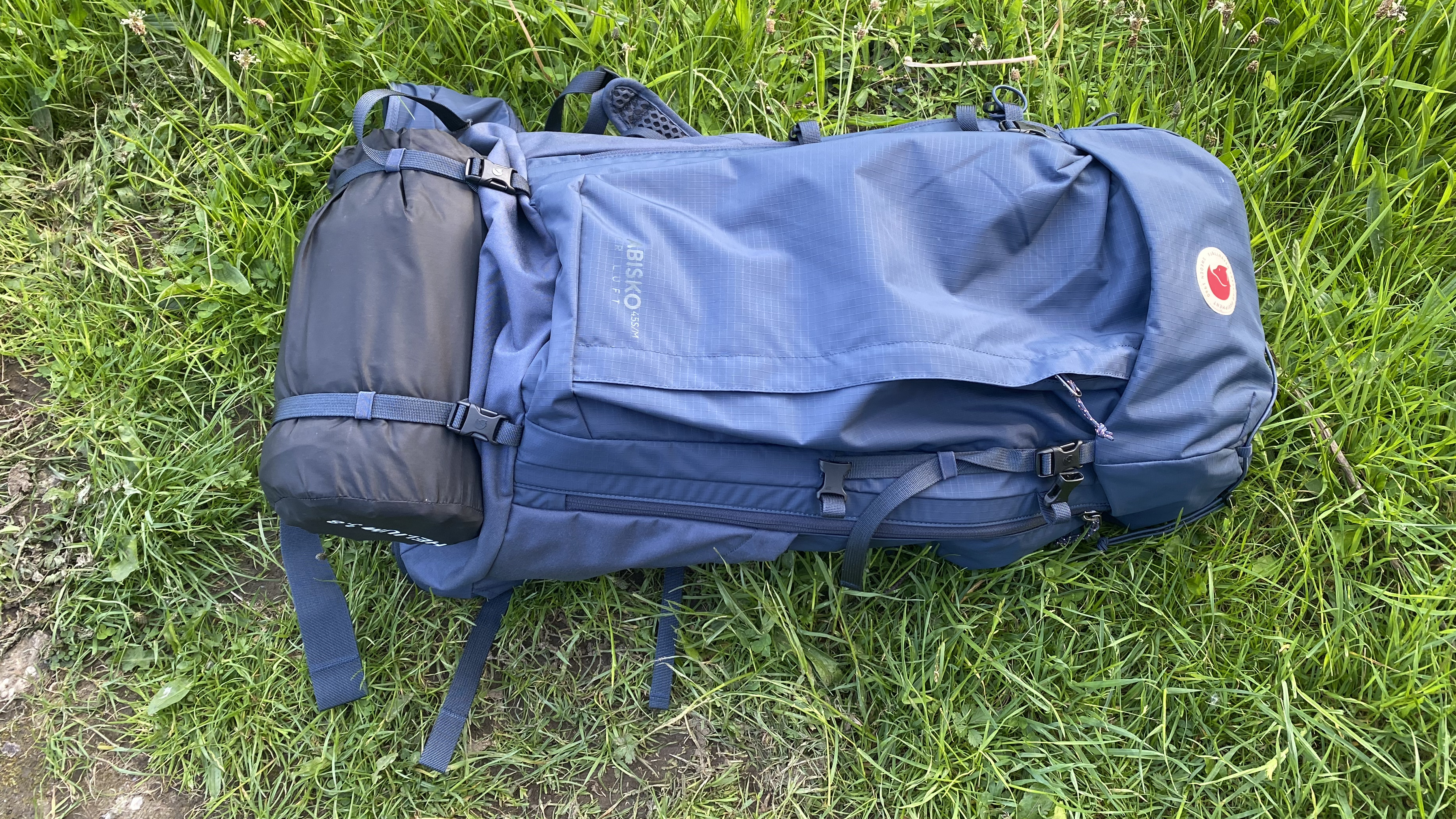
There were ten in the pack and the sleeping pad said, "roll over, roll over". So they all rolled over and the bag fell out...
Sleeping bags tend to be the bulkiest items a backpacker will carry, even more so than a tent. If you're heading into the wilderness with your best sleeping bag, a tent, sleeping pad, camping pillow, camping stove, cooking utensils, food, drink and all the other hiking essentials you'll need, your hiking backpack will need to have considerable capacity. It's often the case that not everything will fit inside and it's usually the sleeping bag that gets the boot to the pack's exterior.
This doesn't have to be the case, there are ways to fit everything in, which we'll also cover. However, sometimes you just need to attach your bag on the outside.
So, we asked two of our backpacking experts to guide you on how to achieve this, detailing several strategies.
How to attach a sleeping bag to a backpack
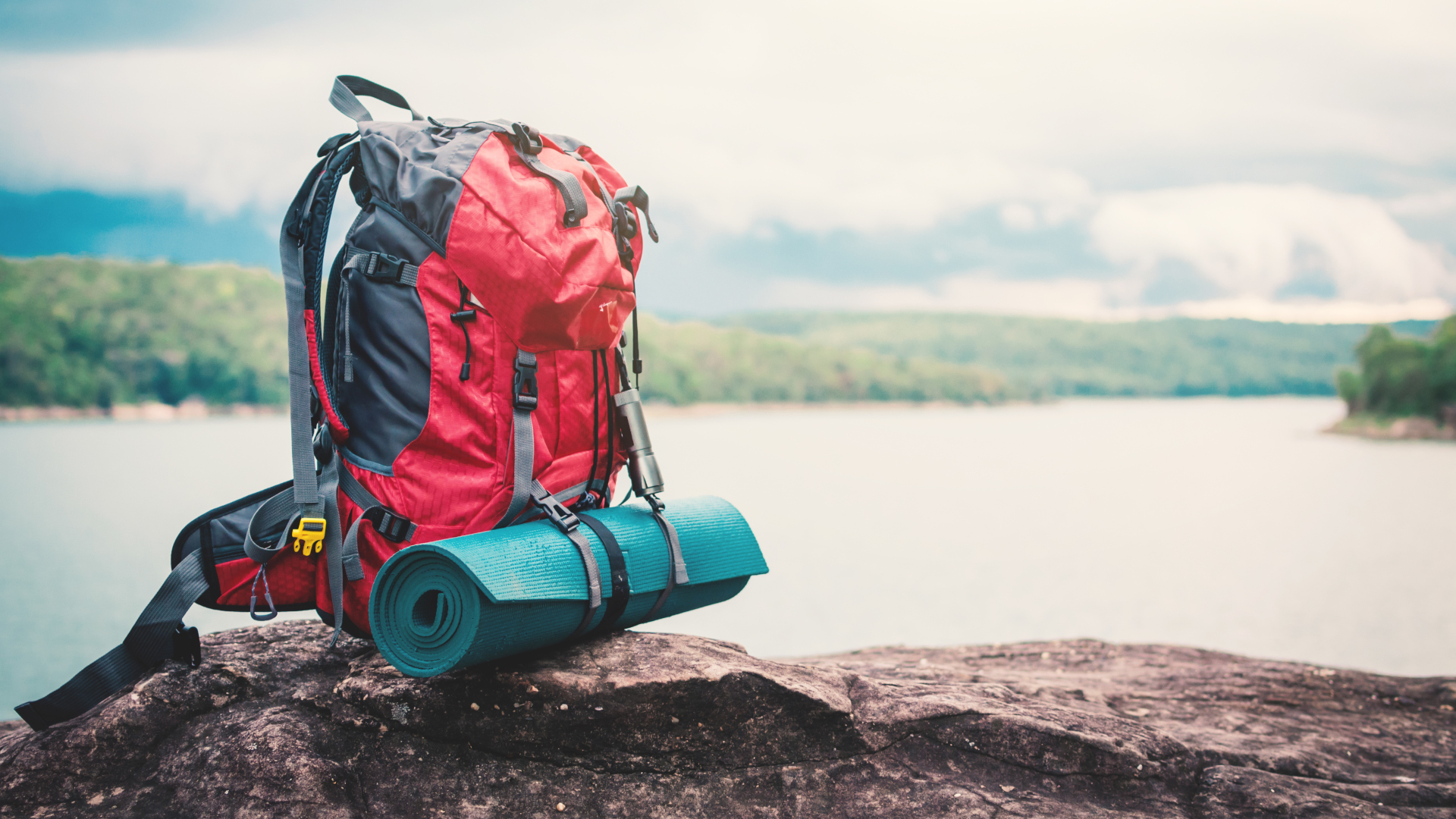
The best place for your sleeping bag is inside your backpack, as this is where it will be best protected from damage and from getting wet. See ways to store your sleeping bag inside your backpack for more advice on achieving this.
However, if this isn't an option, we've put together 5 methods for attaching your sleeping bag to your backpack:
- 1) Use the lid – fasten your backpack's lid over your sleeping bag, holding it securely in place
- 2) Use the compression straps – loosen your compression straps, slide your sleeping bag in and tighten them up once again
- 3) Use the gear loops – if your sleeping bag stuff sack has adjustable straps, attach these to your backpack's gear loops
- 4) Use bungee cords – hook your cords into the loops on your pack and wind it around both pack and sleeping bag
- 5) Use the tie points at the bottom – many packs come with tie points at the bottom, use these to secure your sleeping bag
It's also worth considering swapping your sleeping bag's stuff sack out for a dry bag, regardless of whether it's inside your pack or outside. This should mean there's less chance of your bag getting wet while you're out and about exploring the backcountry.
All the latest inspiration, tips and guides to help you plan your next Advnture!
Meet the experts
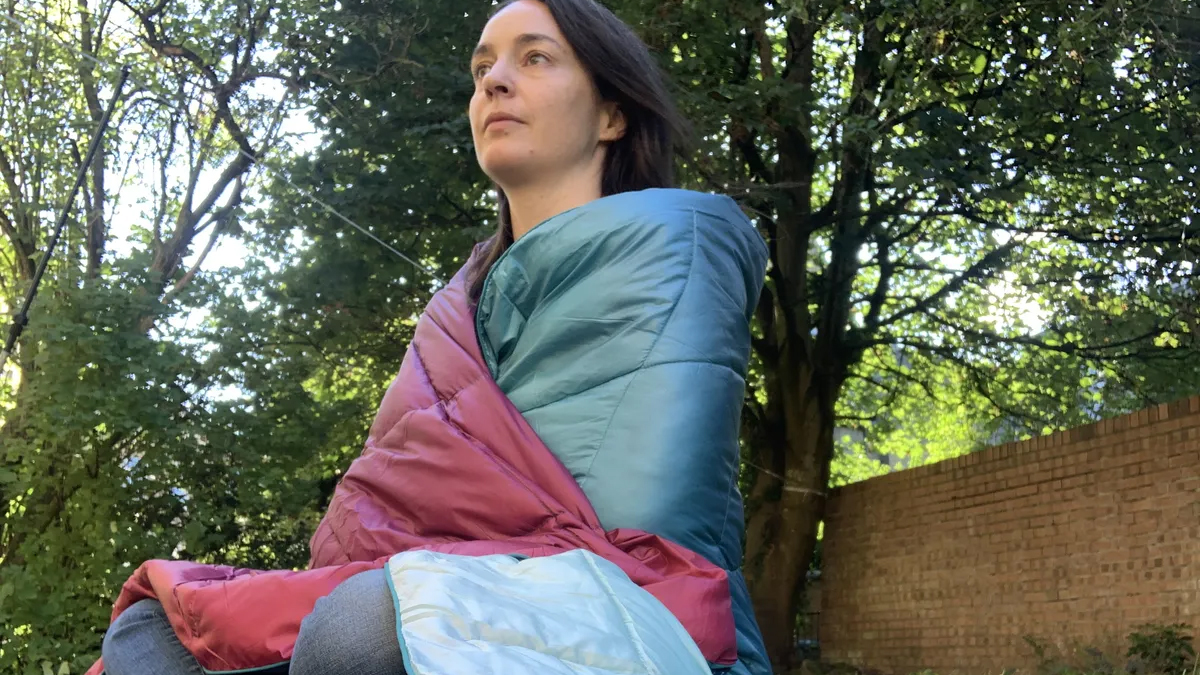
Julia has camped everywhere from Yosemite Valley to the Munros of the Scottish Highlands and knows more than most about backcountry camping. As one of our main gear experts, she's tested plenty of sleeping bags and backpacks and has developed various hacks over the years.
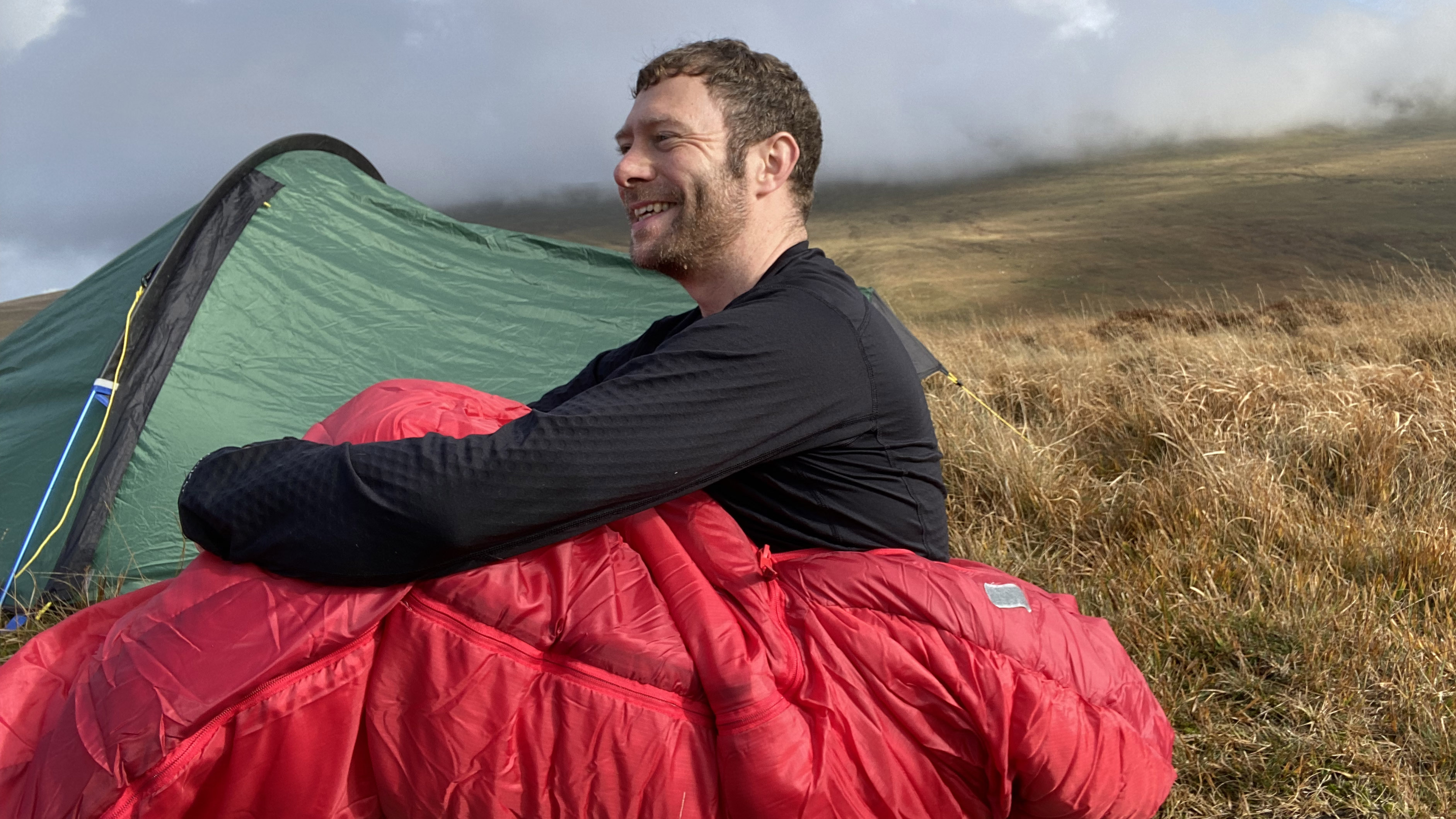
Alex is a qualified Mountain Leader with considerable wild camping experience. He loves an expedition into the wilderness and, like Julia, has tested quite a few sleeping bags and backpacks in his time.
Today's best deals
Ways to store your sleeping bag inside your backpack
- Get a larger backpack and learn how to pack it effectively
- Sleeping bags are increasingly packable these days, you may want to invest in one that packs down smaller
First off, it’s worth mentioning that the best place for your sleeping bag is typically inside your backpack if possible. This protects it from weather and snags and also keeps the weight closer to your body, making it easier to carry – check out our guide to packing a backpack for more info. If your sleeping bag doesn’t fit in your pack, there are a few factors to consider. First, is your backpack big enough for your adventure? Take a look at our article on backpack sizes to make sure you have the appropriate sized bag.
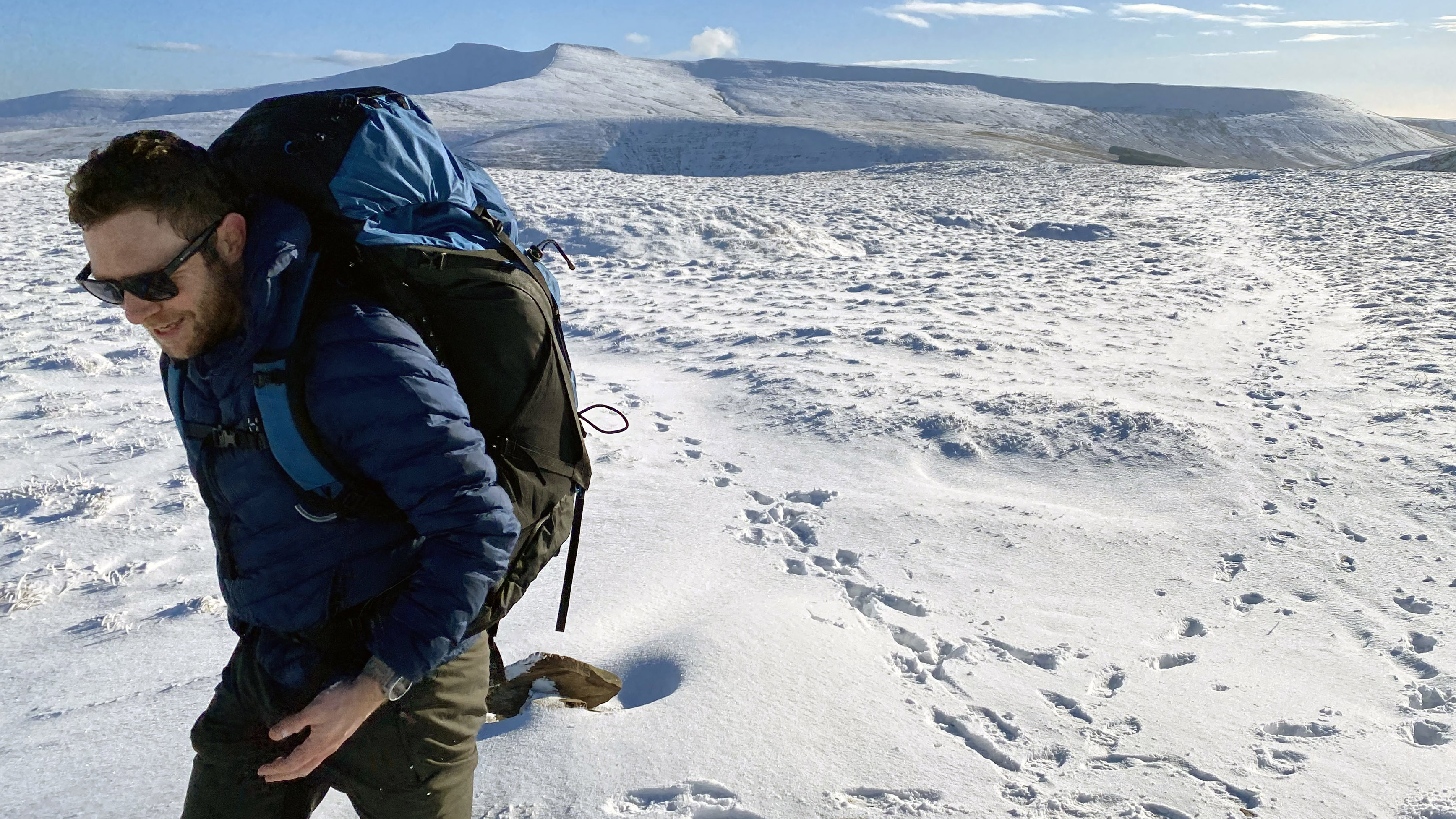
Next up, how packable is your sleeping bag? As gear gets ever more technical, there’s more and more ultralight gear out there. While your old sleeping bag might provide lots of good insulation, it may not pack down very small and end up taking up 3/4 of the space inside your backpack. Some backpacking sleeping bags and camping quilts nowadays pack down to the size of a Nalgene and still keep you toasty at night, so it may be worth investing in a lightweight option, especially if you plan on doing lots of backpacking.
If you’ve got the right size of backpack and a packable sleeping bag and you’re still having trouble making it all fit, it’s also possible that your packing might be the problem. Read our article on how to pack a backpack to learn how to load up and capitalize on the space within your bag without having to forego any essential items.
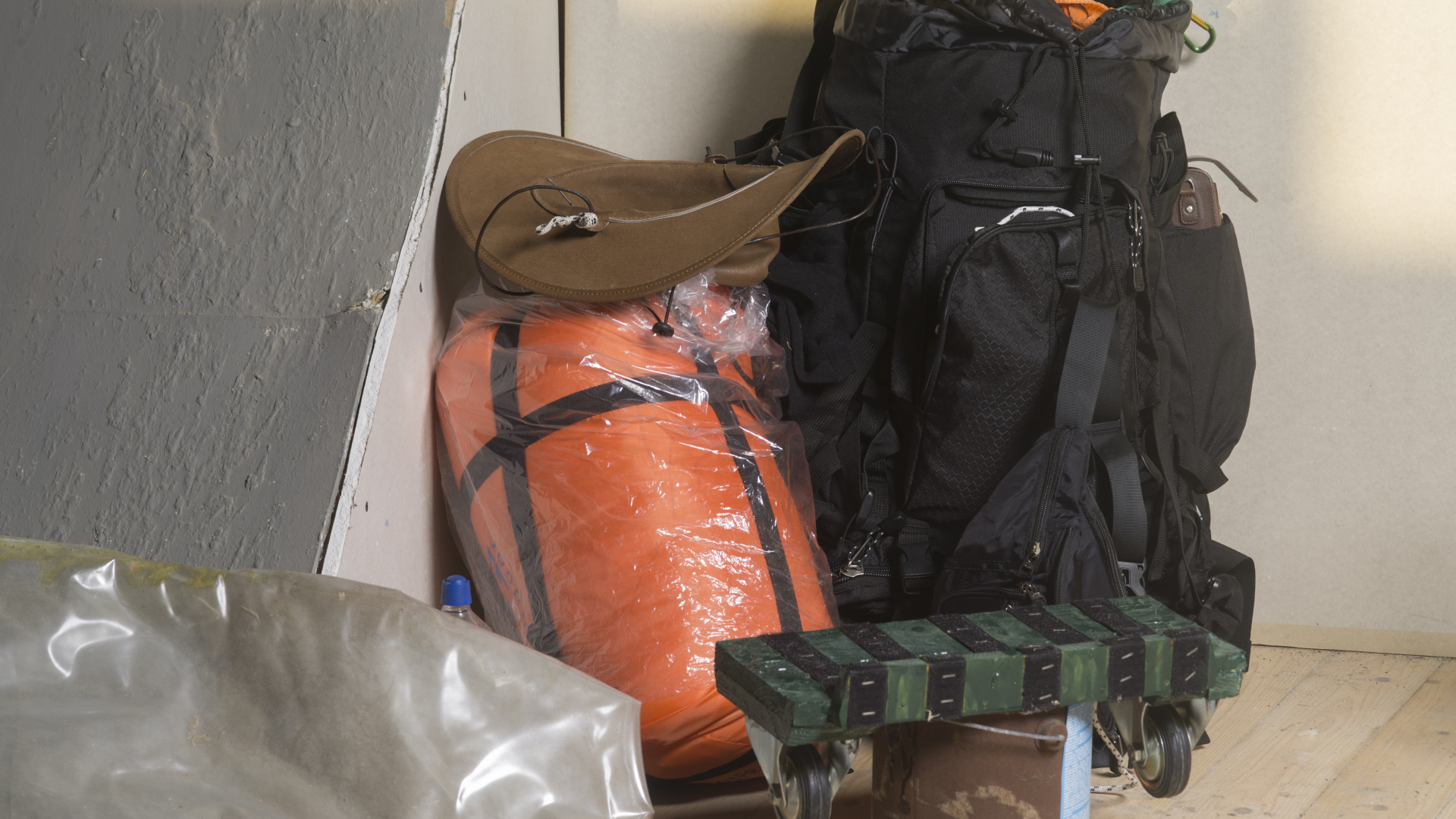
Tips on attaching your sleeping bag to your backpack
- Make sure your sleeping bag is protected by a dry bag or similar when attaching
- Make sure it's really tightly secured and snug against your pack
If you’ve tried all of the above and you still can’t make things work with your sleeping bag inside your backpack, you can easily attach it to your backpack. There are several methods for attaching your sleeping bag to your backpack, but for all of them, you’ll want to wrap your sleeping bag in something waterproof like a trash bag. rain cover or dry bag to protect it.
It’s also important to have your sleeping bag tightly secured so you don't lose it, centered and snug against your pack to make it easier to carry. Once you’ve loaded your backpack up, make sure you know how to adjust it properly so it doesn’t hurt your back or slow you down.
Here are five methods for attaching a sleeping bag to your backpack:
Use the lid
Even though your backpack may come with various straps meant for attaching gear, the best place is to use the lid, which is the flap at the top (see: our guide to the parts of a backpack). After you’ve packed your bag and zipped it up, simply open the top flap, place your sleeping bag on top then fasten the flap over it. This keeps your sleeping bag really secure and keeps the weight up high and centered, which makes it easier to carry. If your backpack is already packed to the gills or you have items in the flap pocket, however, this option may not be possible.

Use the compression straps
Any good hiking backpack will have compression straps – those straps that you can tighten when your backpack is really full to reduce the volume. If your backpack has these, you can loosen the buckles, slide your sleeping bag in and tighten them to secure your bag in place. One downside of this approach is that compression straps are often at the sides of your pack, which means that your backpack may feel uneven on your back. If your backpack has compression straps at the top or bottom, use these ones.
Use the gear loops
Many hiking backpacks will have gear loops meant for attaching gear like sleeping bags. If you have any at the top of your pack, favor these ones. If your sleeping bag stuff sack has adjustable straps, you can attach the straps to the gear loops on your backpack. For this method, you’ll want to pull the straps tight so the sleeping bag isn’t swinging around behind you.
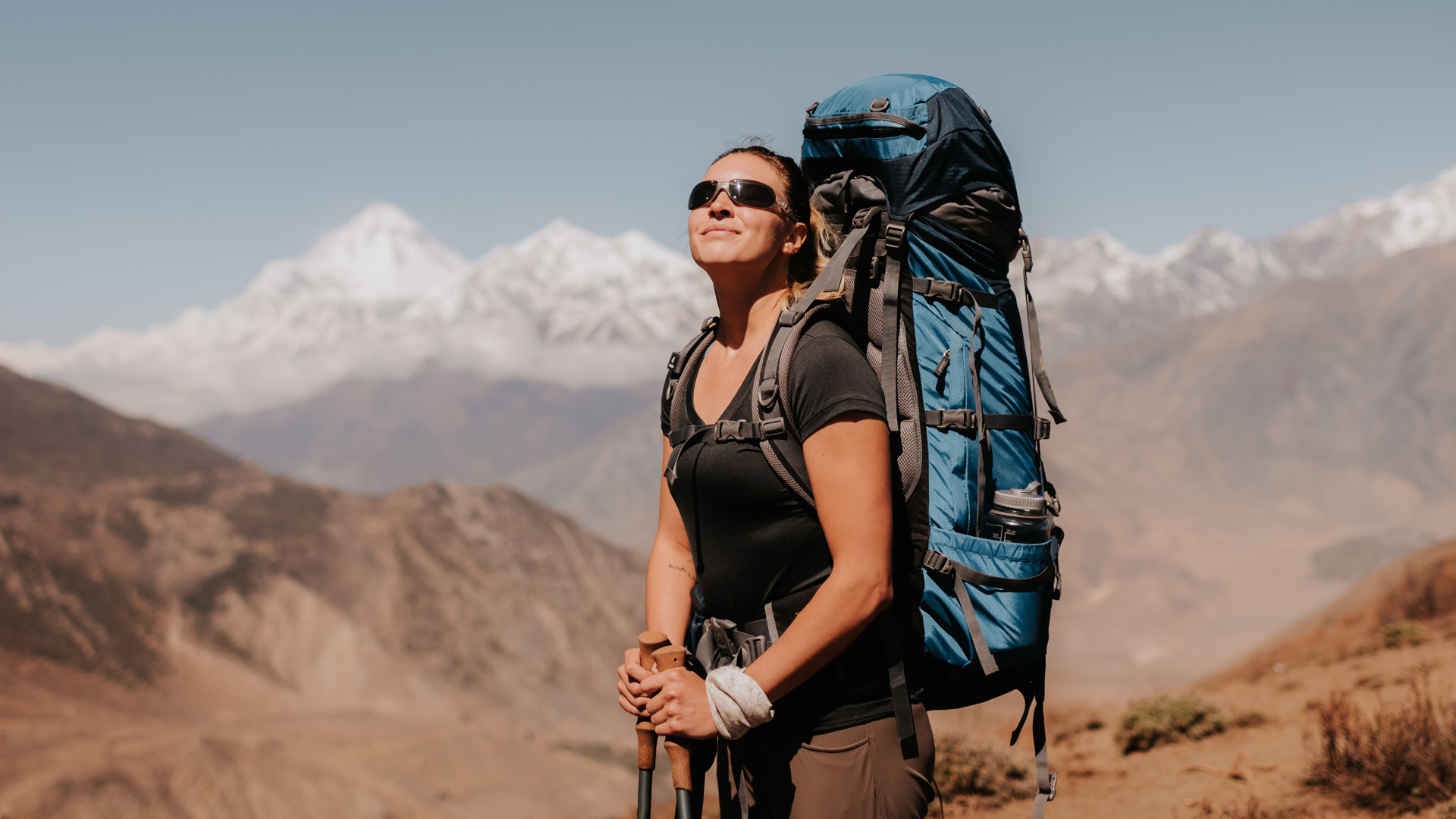
Use bungee cords
If your sleeping bag stuff sack doesn’t have any straps, you can use a bungee cord to attach it to the loops on your backpack. Hook the cord into one of the loops on one side of your pack, wind it tightly around your pack several times then book the other end into the other side of your back.
Use the tie points at the bottom

Particularly if your backpack has an external frame, it may have tie points at the bottom that are meant for sliding your sleeping bag into. Make sure to tighten these well to avoid your bag swinging around or falling out, and take care any time you set your backpack down since the sleeping bag will be at the bottom.
Julia Clarke is a staff writer for Advnture.com and the author of the book Restorative Yoga for Beginners. She loves to explore mountains on foot, bike, skis and belay and then recover on the the yoga mat. Julia graduated with a degree in journalism in 2004 and spent eight years working as a radio presenter in Kansas City, Vermont, Boston and New York City before discovering the joys of the Rocky Mountains. She then detoured west to Colorado and enjoyed 11 years teaching yoga in Vail before returning to her hometown of Glasgow, Scotland in 2020 to focus on family and writing.

